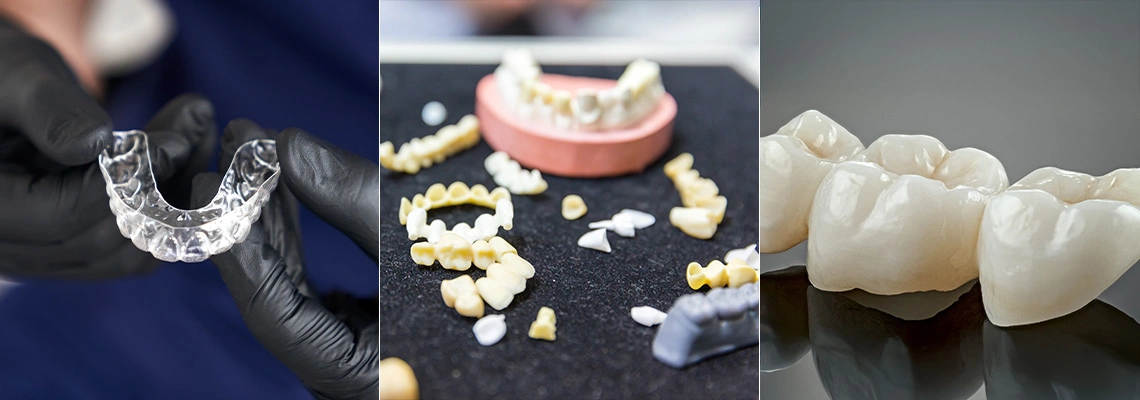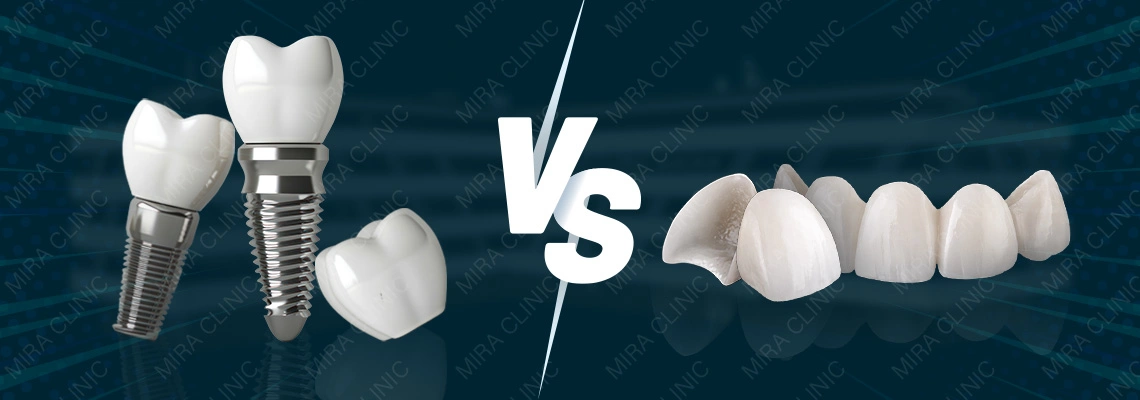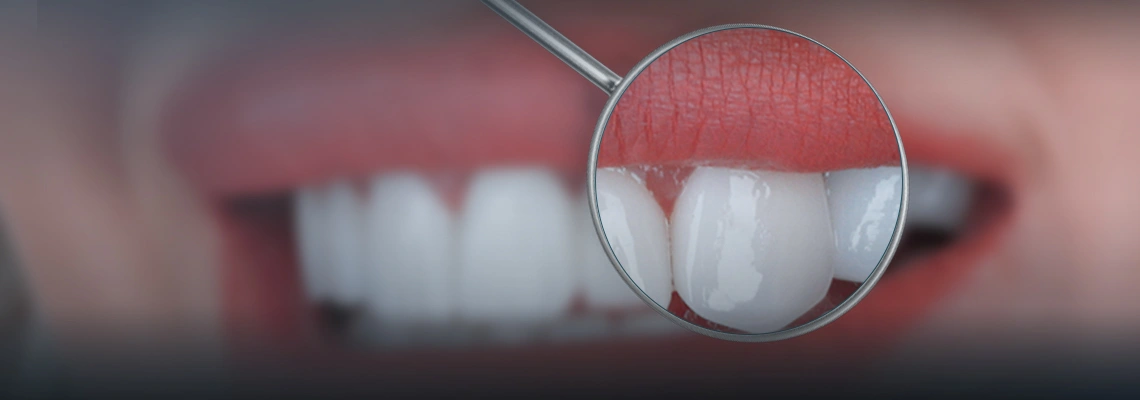Dental fillings are one of the most common treatment procedures that many of us need during different periods of life to address many problems in the mouth and teeth. In our next article from Mira Clinic, we learn closely about the nature of dental fillings, their most prominent types, and stages of treatment.
What are dental fillings?
We can define dental fillings as artificial oral environment-compatible substances that are manufactured as a substitute for damaged tooth tissue or that the doctor has to remove in a process known as a dental restoration. With fillings, we can restore functional ability, tissue integrity, and the aesthetic appearance of the teeth even partially, and these materials are diverse and different to suit each case.
The most important types of dental fillings include:
-
Gold fillings: these are the first fillings to be used throughout history and this is due to the fact that gold is an inert and strong substance and therefore does not decompose or disintegrate in the oral medium and tolerates pressure on the teeth during the chewing process. However, the most notable drawback of golden fillings lies in the difference in color between the filling and the tooth, so anyone can easily distinguish them, which reduces the beauty of the teeth and their healthy appearance in addition to their high cost.
-
Silver fillings: known as amalgam fillings, which were developed after gold fillings in order to overcome the high-cost problem, where an amalgam filling consists of a mixture of minerals that usually include in addition to silver, copper, zinc, and mercury. They are mixed immediately before being placed in the patient's mouth so that the doctor can shape them as required before they harden.
This type of filling, although widespread, has recently begun to decline as a result of many drawbacks, most notably: its dark color, which affects the aesthetic appearance, and therefore these fillings are not used in the front area of the teeth, in addition to the low tensile strength of mixed metals, leading to a break in the filling. The amalgam filling is also known as unable to bind and interfere with tooth tissue, requiring a mechanical stabilization process that requires the preparation of the tooth according to certain criteria to ensure that the keeping the filling in its place. In this case, your doctor often has to remove healthy tissue from the tooth in order to stabilize the filling, which weakens the tooth in the future and makes it more vulnerable to fracture.

This type of metal filling is also considered vulnerable to the phenomenon of stretching and shrinking according to the heat of the mouth and the phenomenon of an electrical current when present with other metal fillings in the mouth such as gold, causing pain and inconvenience for the patient. In addition, some patients are allergic to certain minerals such as mercury.
-
White fillings: or what is known as cosmetic fillings, the most important types of which are:
-
Glass Ionomer fillings: They are mainly made up of glass and polymers and although they are closer to the natural tooth than the metal fillings, they are not considered the perfect option, especially in the back teeth. This is because their ability to withstand pressure on teeth is low, and their molecules may gradually decompose in the oral medium, forming a gap between the filling and the tooth and resulting in the loss of the filling.
Glass Ionomer fillings are also easy to dye, especially if their surface is not polished enough and thus lose their white color. Today, these fillings are often used with children's milk teeth or as a temporary filling in the case of permanent teeth.
-
Composite fillings: Mixed filling consisting of polymers organic substances, the most important of which is resin, and inorganic substances that form the inner filler between organic materials. composite fillings are soft and formable at room temperature and after being placed in the right place and in the right way, the curing light that stimulates light-sensitive particles is highlighted and thus hardens the filling. Composite fillings have evolved significantly recently, making them the best in terms of the aesthetic appearance similar to the natural teeth in color and characteristics in addition to their reasonable price. However, they are not suitable for large cavities as their ability to withstand pressure on the teeth decreases.
-
Ceramic or Porcelain fillings: This type of filling, despite its high aesthetic and durability, is relatively rare in use due to its high cost. These filings are based on the use of ceramic or Porcelain molds that are processed in the lab after taking an impression of the teeth and the cavity that we need to fill.
When do we need dental fillings?
These multiple and varied fillings are used in different cases, the most important of which are:
-
Loss of tooth tissue as a result of caries.
-
Dental fractures.
-
Re-treatment of old fillings.
-
After pulp treatment.
-
In some cases, during the preparation for dental prosthetics.
Stages of treatment of dental fillings:
-
Any treatment phase begins with the correct diagnosis of the condition and knowledge of the appropriate technique and filling. The correct diagnosis is carried out using direct inspection as well as full-mouth x-rays that show any other problems that are difficult to observe by looking.
-
The appropriate type of filling is determined after evaluation of the Dental problem, the size of the damage in the tissues, the location of the tooth, the nature of the surrounding teeth, and other factors.
-
The process of damaged tissues removal with specialized burs and excavators starts after oral anesthesia.
-
In the case of the most widespread composite fillings, the surface of the tooth is chemically etched to facilitate the filling's attachment to the surface of the tooth.
-
The filling is positioned and formed so that it is exactly similar to the normal state of the tooth, and then hardened using the curing light.
-
The finishing touches are put through finishing and polishing the filling and making sure there is no problem with the occlusion process.
It is important to pay attention that these fillings are not normal tissues and therefore need special care to preserve them and adjacent teeth. And in case of noticing any problem with the filling such as cracks or pain it is an indication for visiting the dentist.















